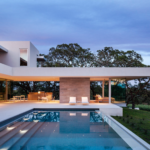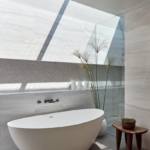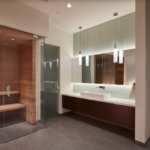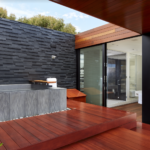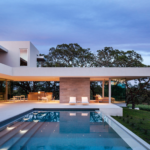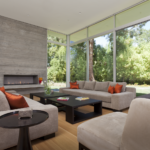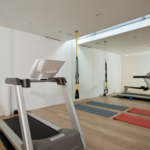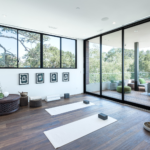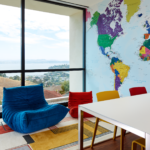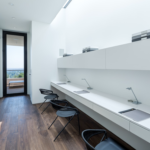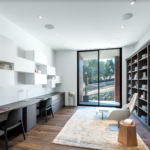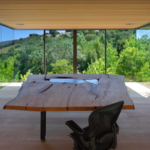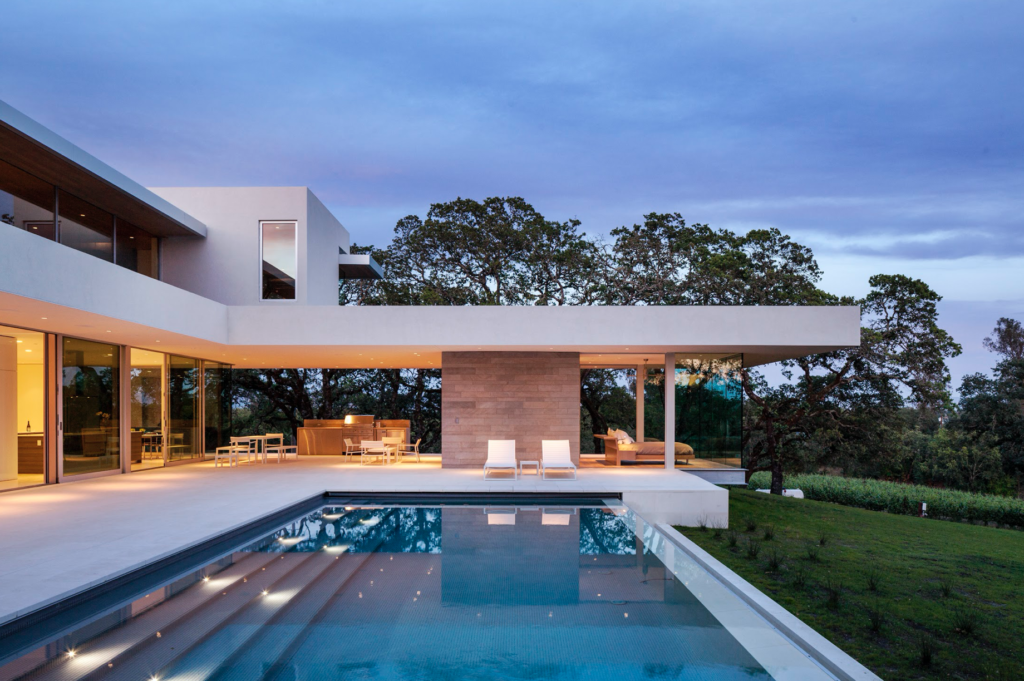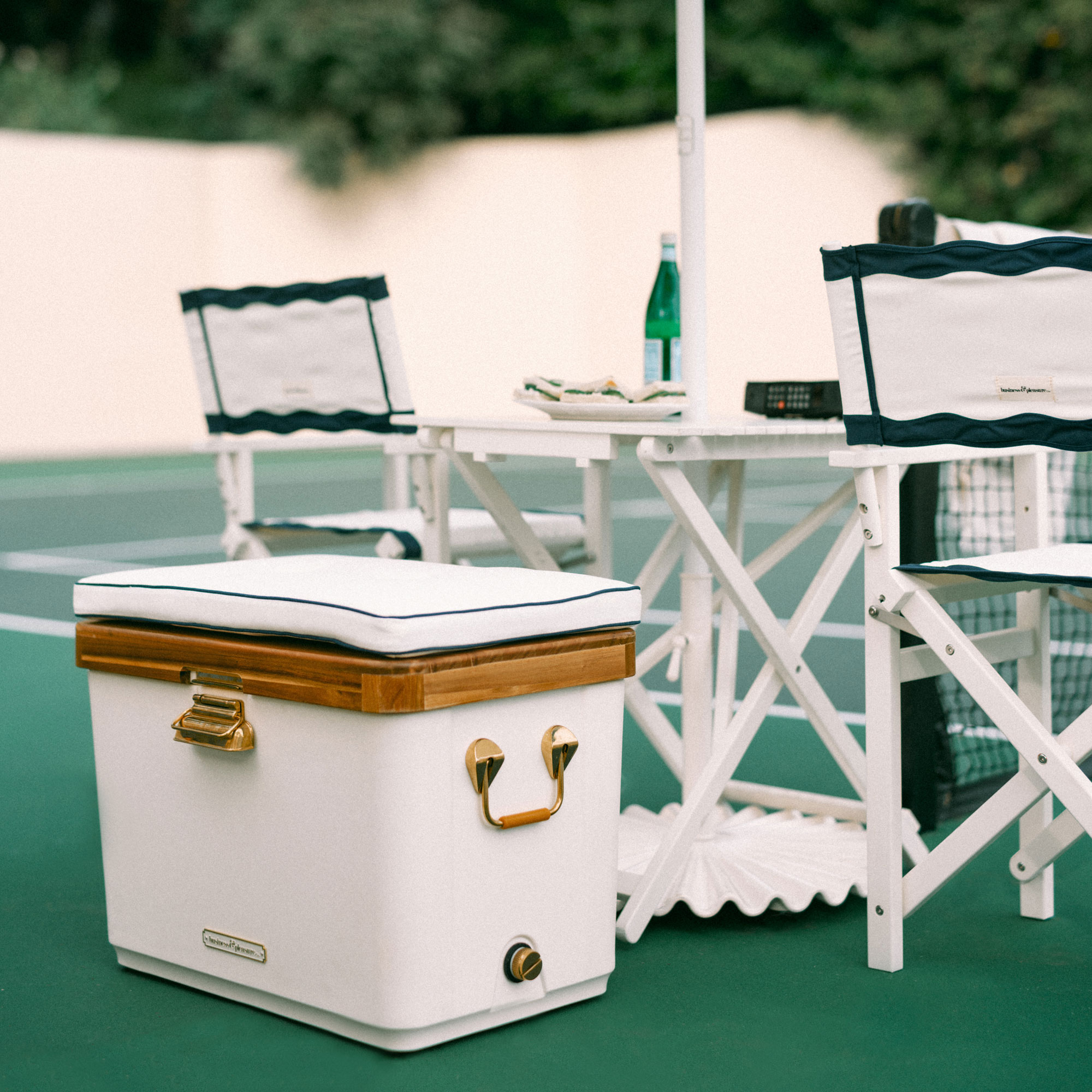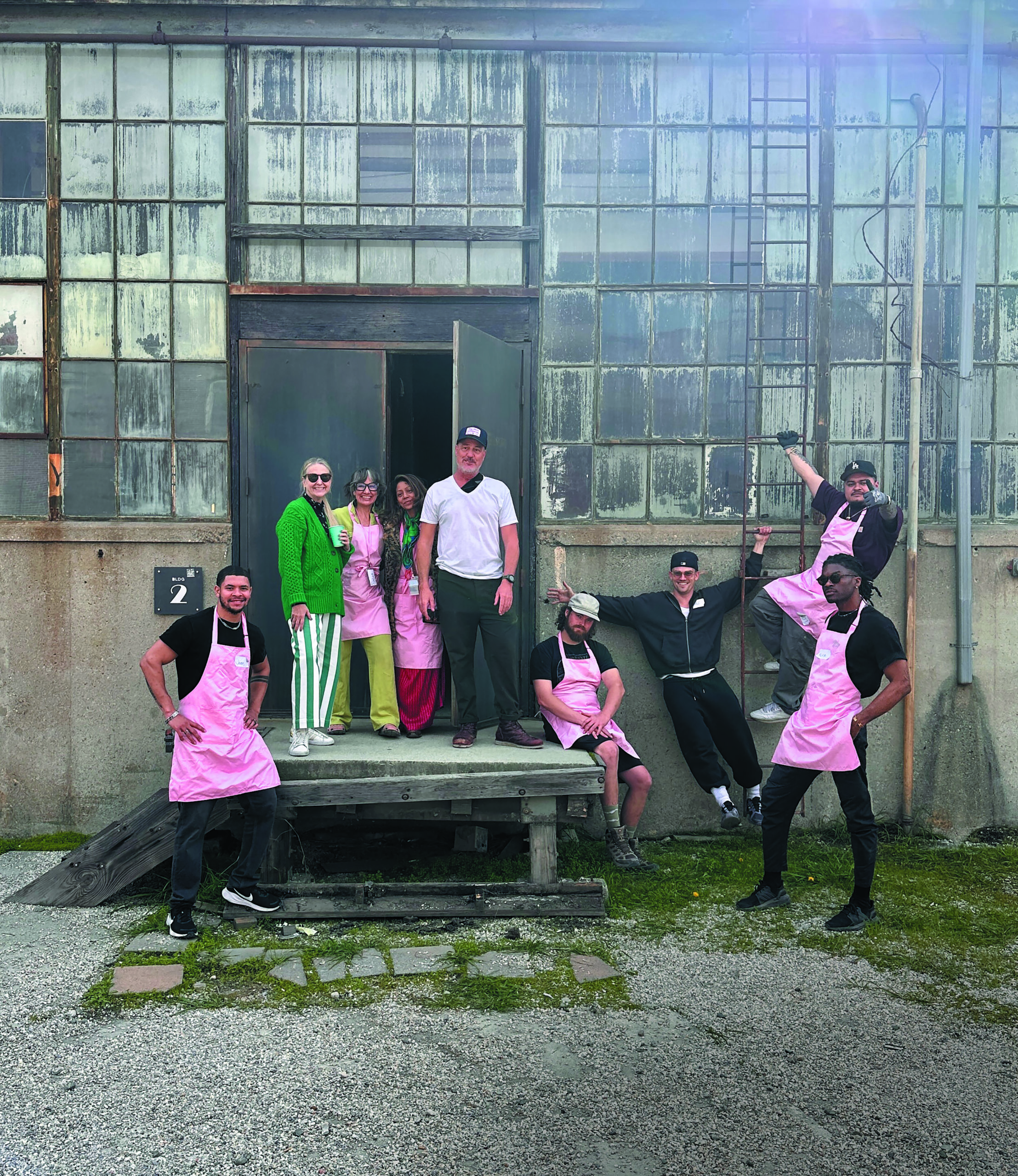How Single Family Homes Might Change Post-Pandemic
Author:Lindsey ShookJulie Liberman AIA, Principal at Swatt | Miers Architects shares a perspective on how single family homes might shift as a result of Covid-19
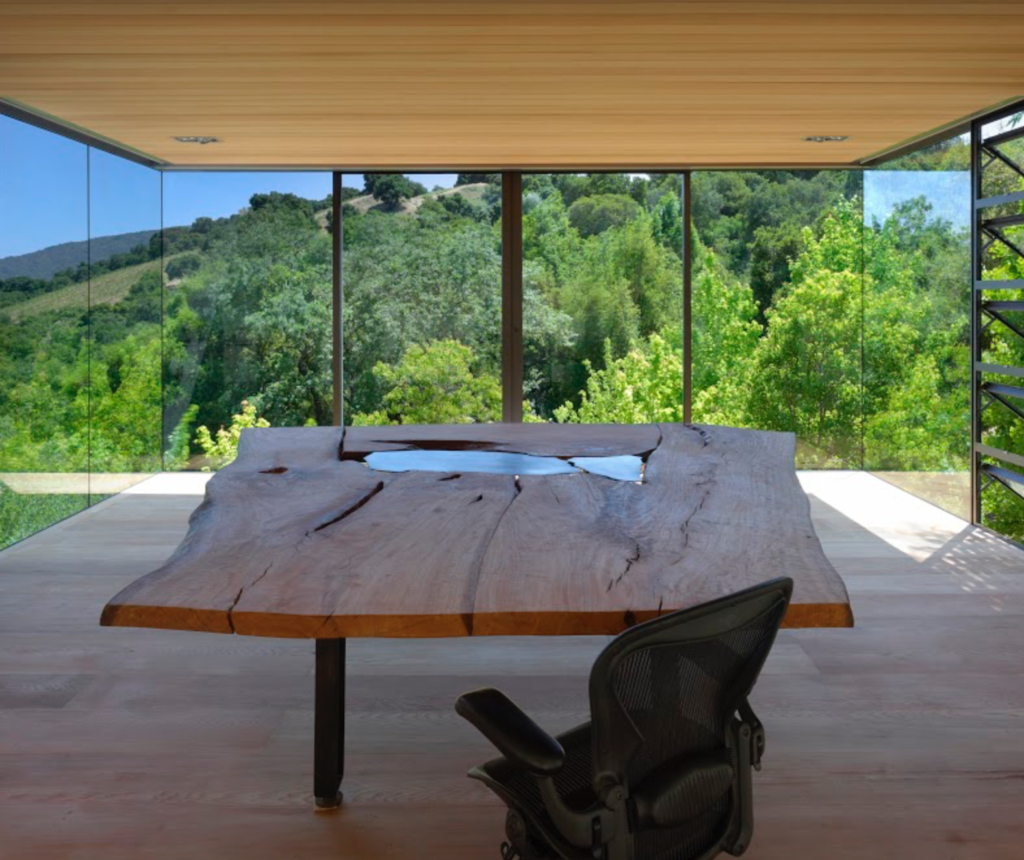
“For the last decade, cities have grown faster than their suburban counterparts, but as cities and towns shut down public spaces, the realization that crowding could lead to greater spread of disease could reverse the trend. Suburbs and more remote locations might be reconsidered as more desirable places to live. They feature more space, more yard, and within their confines, the potential for more ways to meet needs for work, play, exercise and self-care. Additionally, the need for social distancing for a number of years will make remote working more common and reduce the need for commuting. Additionally, it’s likely people will opt for delivery over shopping to obtain the goods and services they need. As these changes percolate through society, the single family home—long the hub of family life—will increase in importance and undergo some transformations as a result.
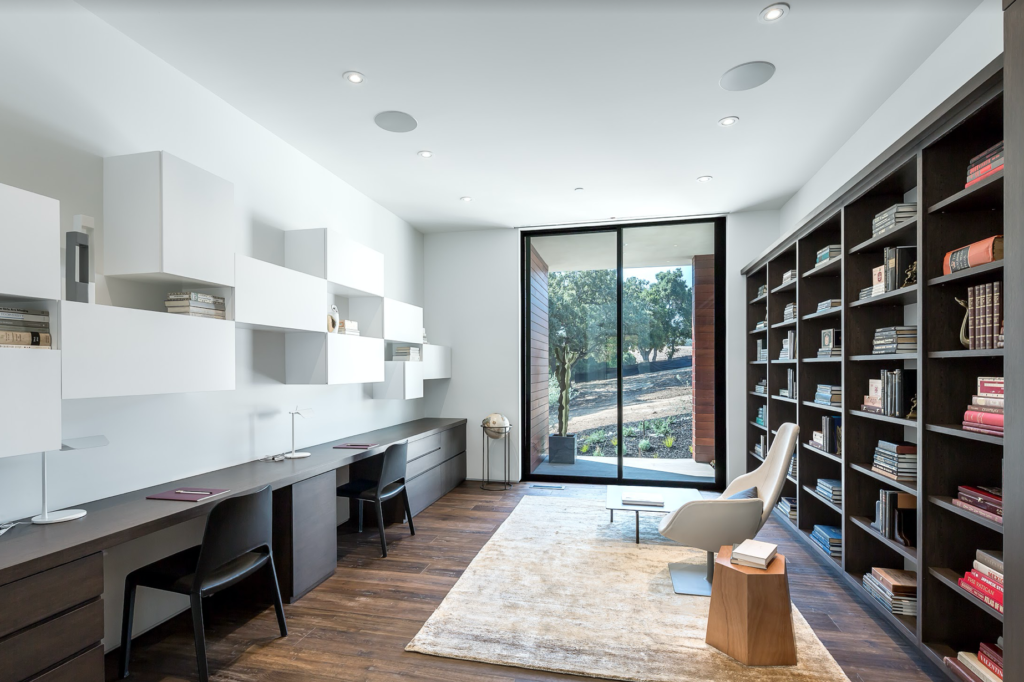
One of the more visible aspects of working from home is the constant requirement for communication, particularly in the form of video chat. This has resulted in a scramble to find a clean corner or an instagram worthy wall to be seen in front of, and a lot of discussion regarding proper dress and etiquette as this now becomes the outward facing aspect of your business. As time goes on, more space will be dedicated to working from home comfortably and productively. And possibly two separate spaces if there are two separate careers with simultaneous demands.
Imagine having this space with some sound isolation from other activities in the home, camera friendly – lighting and interior design, and robust data connections, whether it is in a separate structure or a room of the home. It would allow some professionalism and also some privacy from your home life.
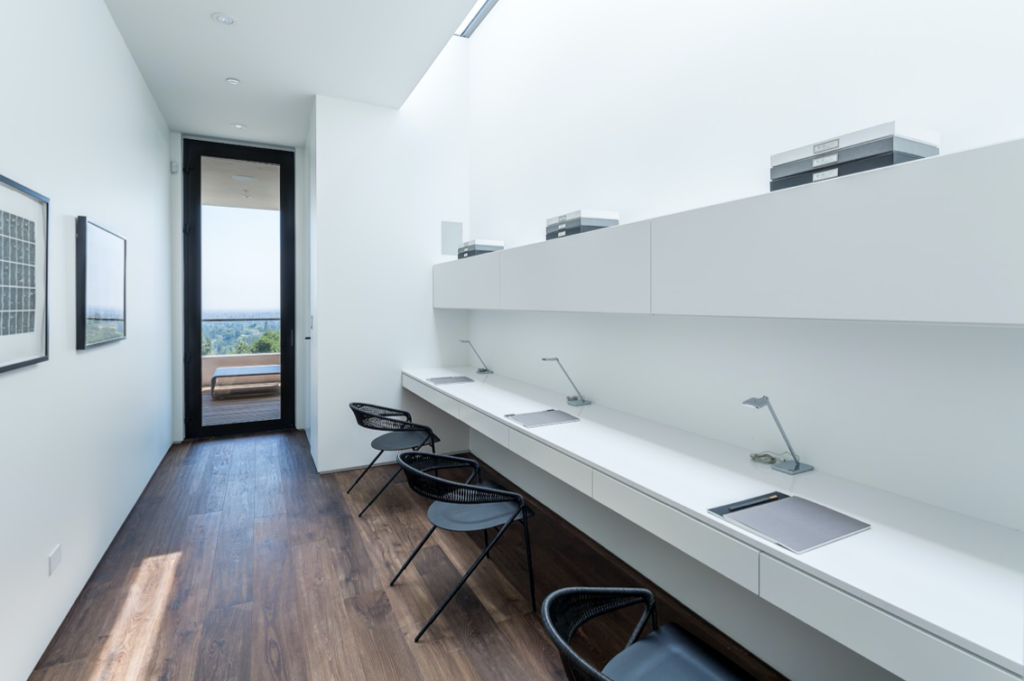
Kids also need a place to do home schooling and homework with robust data connections and places to store materials. Younger kids could enjoy a space to themselves to make a mess in and as much noise as they want.
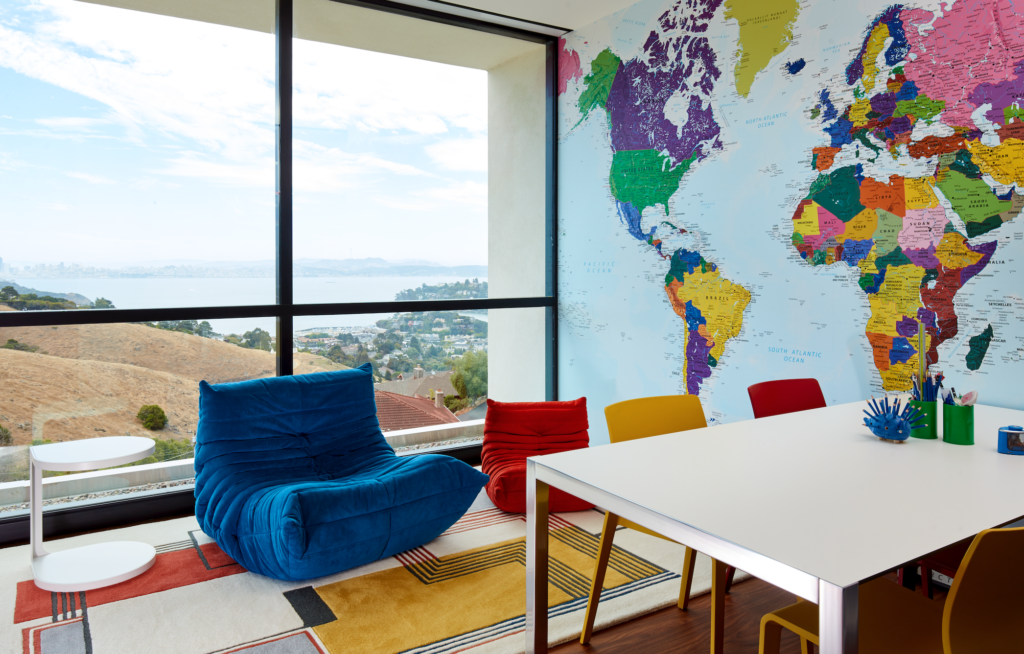
Envision a home gym to keep us in good shape, which could take the form of equipment or yoga / barre space.
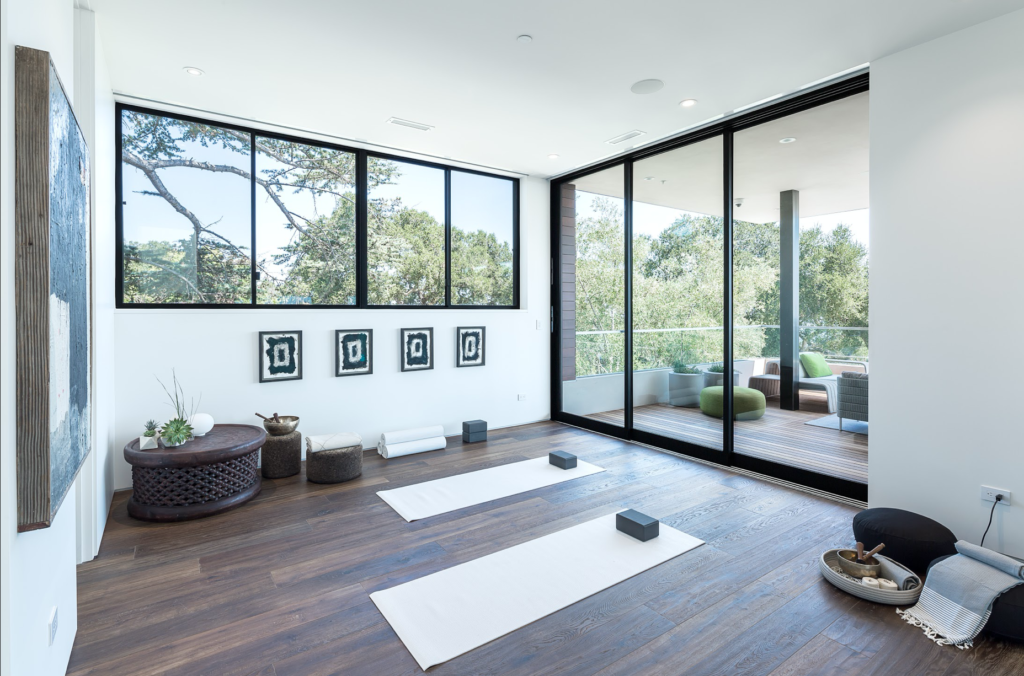
Keeping the air clean and sanitized will require some upgrading of HVAC equipment, with better filtration, possibly with UV, increased air turnover and fresh air from the exterior, and to maintain relative humidity levels to between 40-60%.
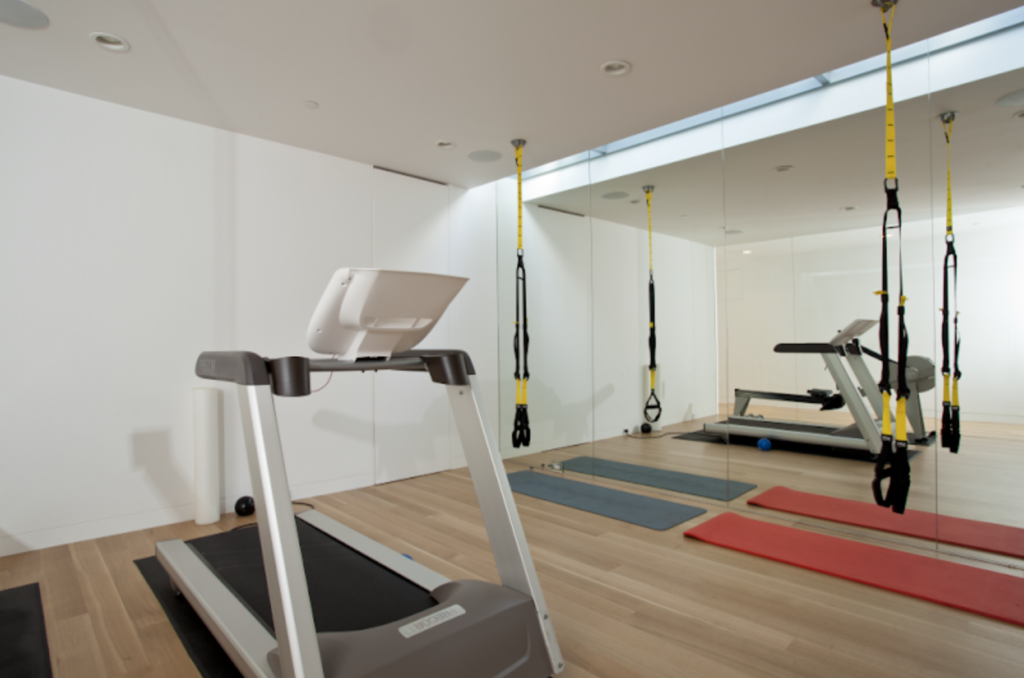
We may have a desire to move cleaning spaces closer to the entries of the home. Whether your family enters through the front door or garage, an easily accessible mudroom and powder room to wash hands and store shoes and outdoor clothing would be handy. At the main entry for visitors, a similar set up with a powder room and clothing / shoe storage might be helpful. The laundry room might be part of the mudroom and be easy to access when re-entering the home. Another add-on as a result of increased hygiene awareness is a washlet or other type of integrated bidet.
Additional storage might take the form of larger pantries, and extra refrigeration or even an extra closet somewhere to tuck consumable goods like toilet paper. Practical materials that are easy to keep clean for most surfaces in the home could be more useful, and some areas which get touched frequently will have anti-viral or antibacterial properties – doorknobs, handles on cabinets and plumbing fixtures, light switches. Copper and copper alloys such as bronze and brass have been shown to be better at eliminating pathogens than other metals.
Another way to manage this is to install more items with touch free operation, such as faucets, soap dispensers, doors, lights, temperature, security. This could tie in with more reliance on phone apps to operate various aspects of the home.
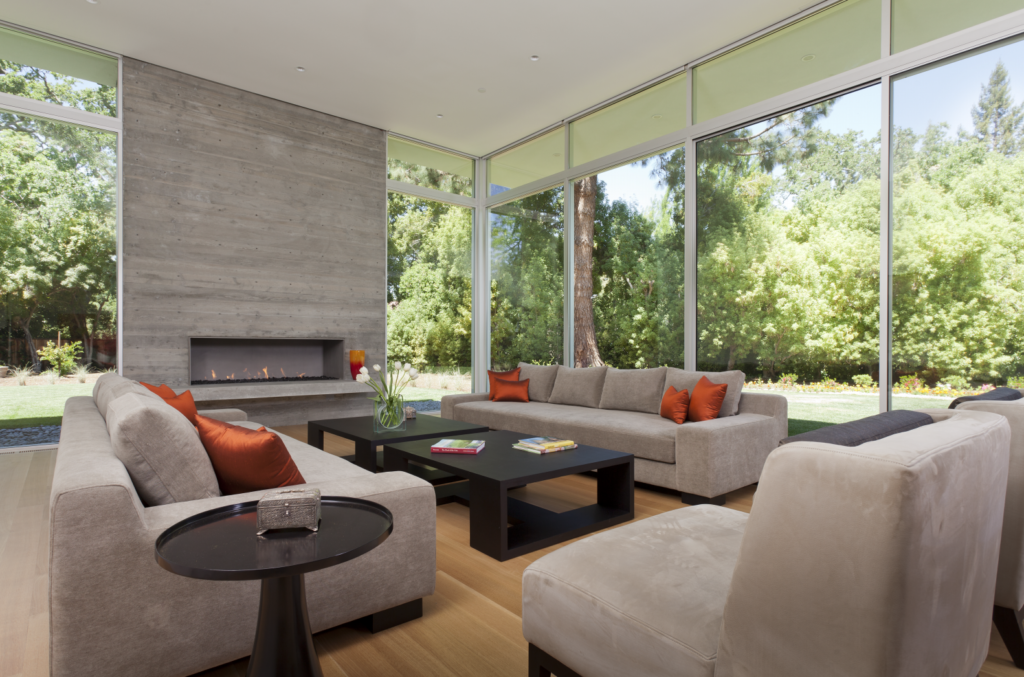
Throughout the home, a strong indoor – outdoor connection with the land, bringing light and fresh air, helps increase a feeling of freedom and ease. Large openings are great for ventilation and easy access to exterior spaces.
More entertaining might take place outdoors, so landscaping to include areas for outdoor dining and cooking, covered areas for shade or protection from rain, with socially distanced seating so guests can visit and feel safe. A driveway or street entrance directly to the yard without coming through the interior of the home, and easy access to a restroom from the yard would complete this entertainment area.
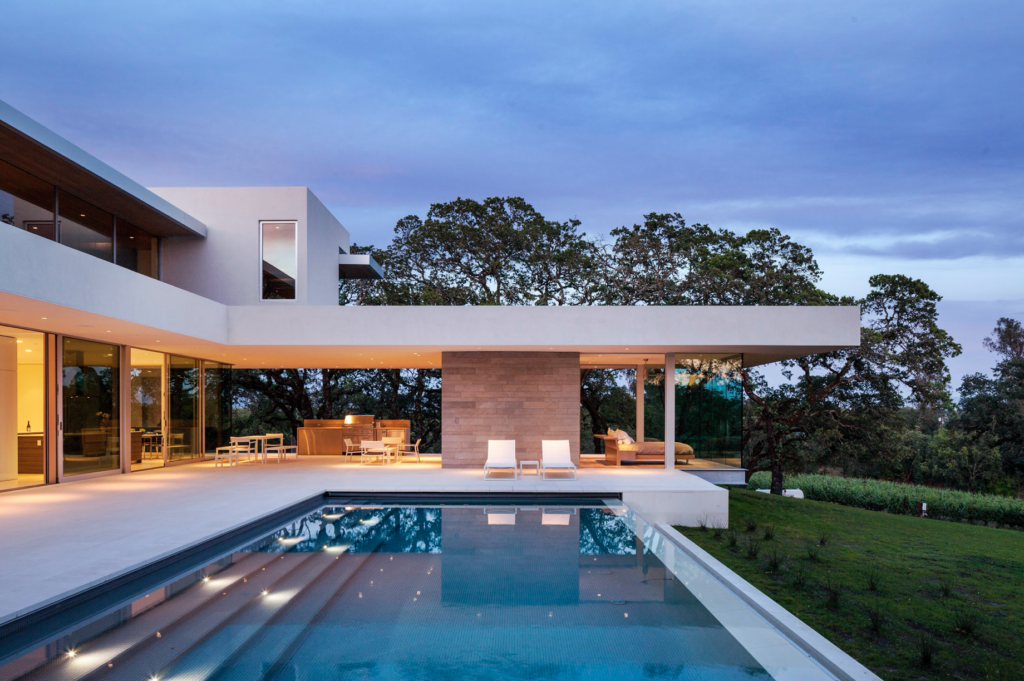
Vegetable gardens may make an even bigger comeback and play spaces for kids to get some of their energy out increase in importance. And if porch piracy is a concern, the mailbox might give way to a package drop which features security and maybe integrated UV disinfection. All of this will help manage changes to our lifestyles, but it’s still super stressful. At the end of a long day or week, a retreat for self-care and relaxation would be so inviting.
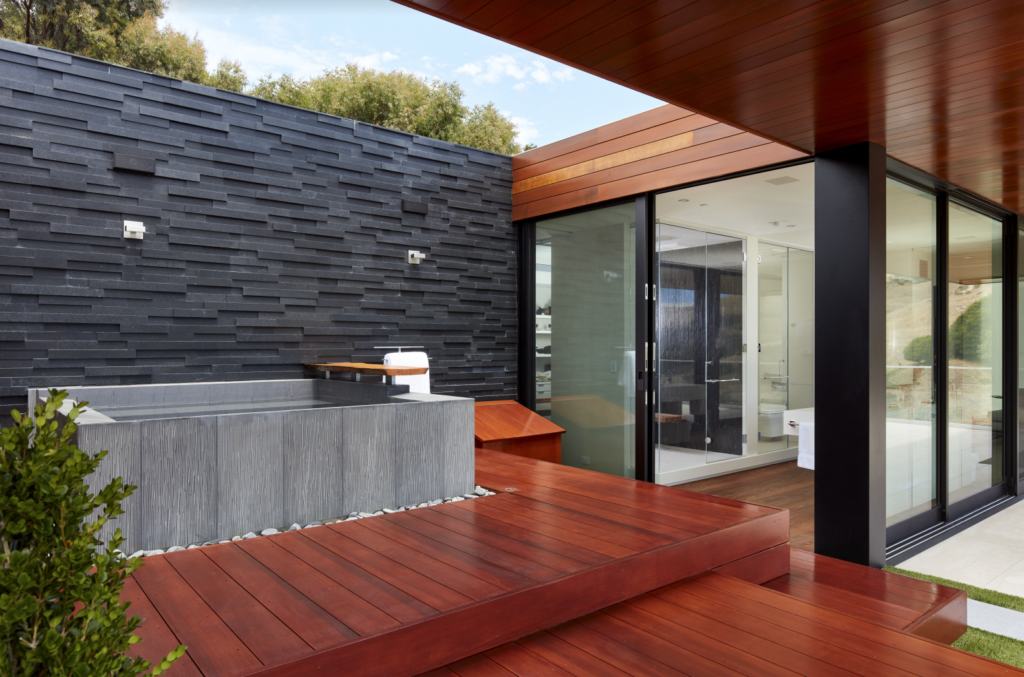
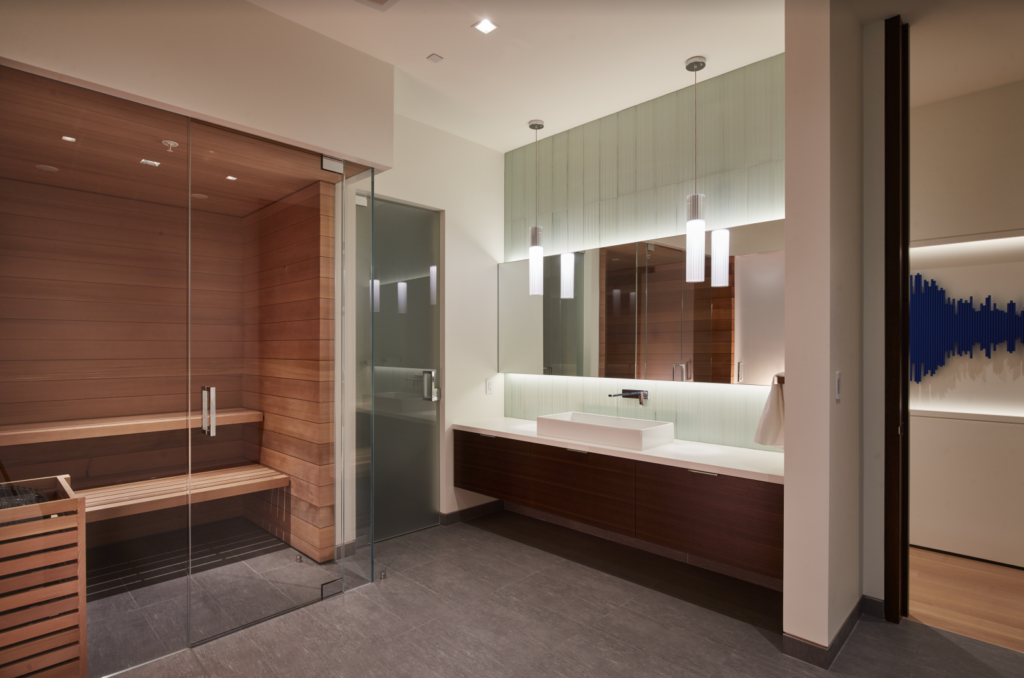
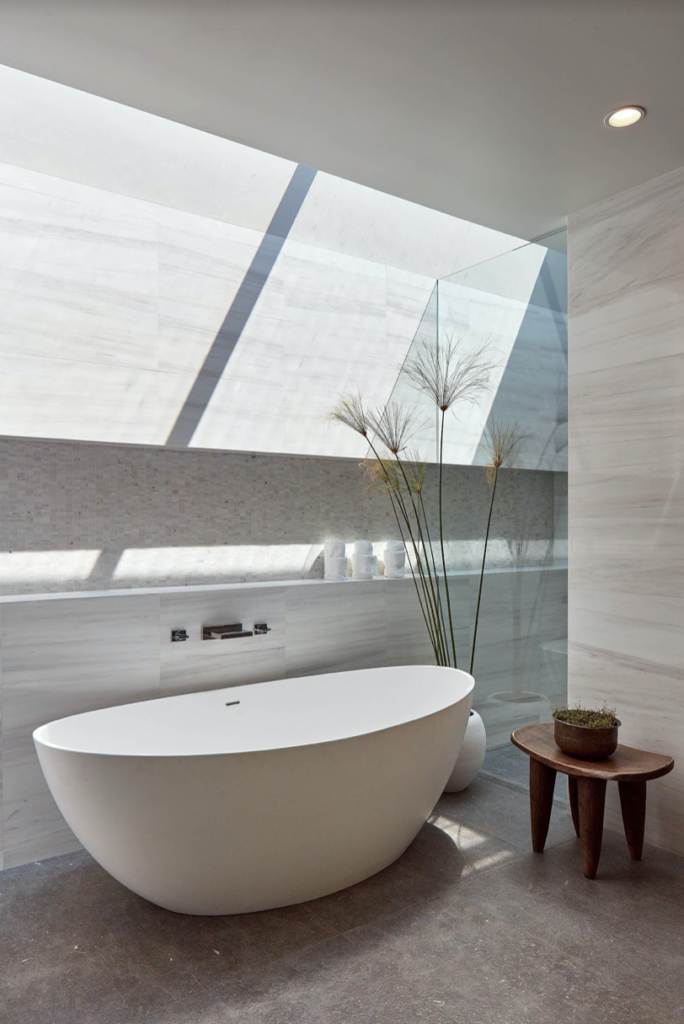
Any of these ideas could help to restore a sense of the home as sanctuary, retreat, and a safe space away from the stress of the outside world.”
